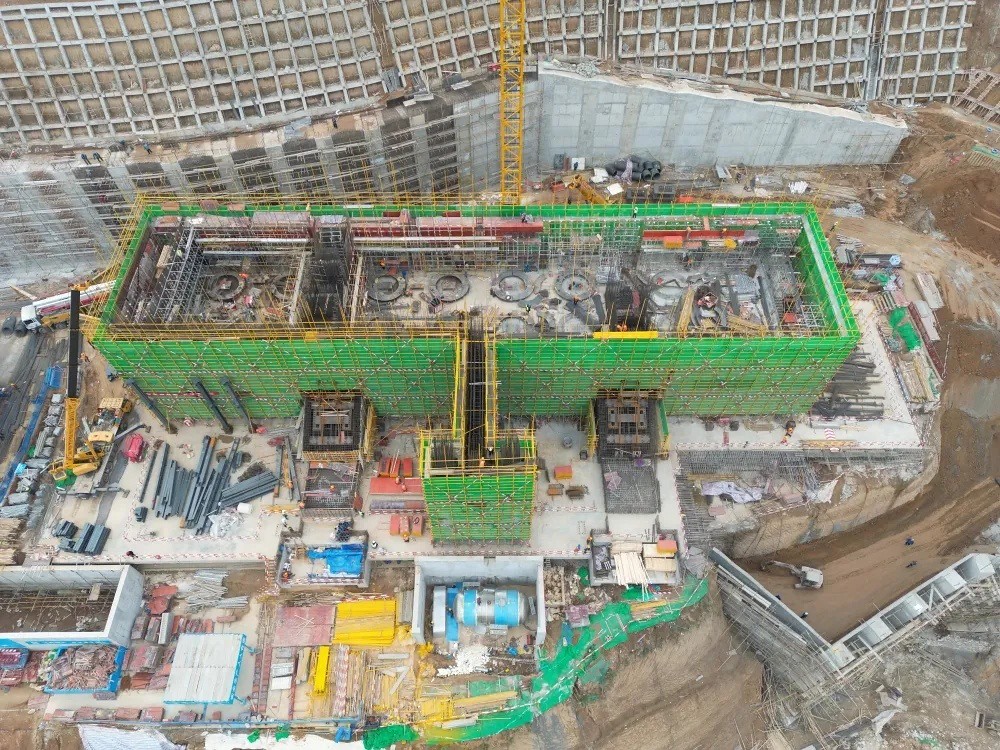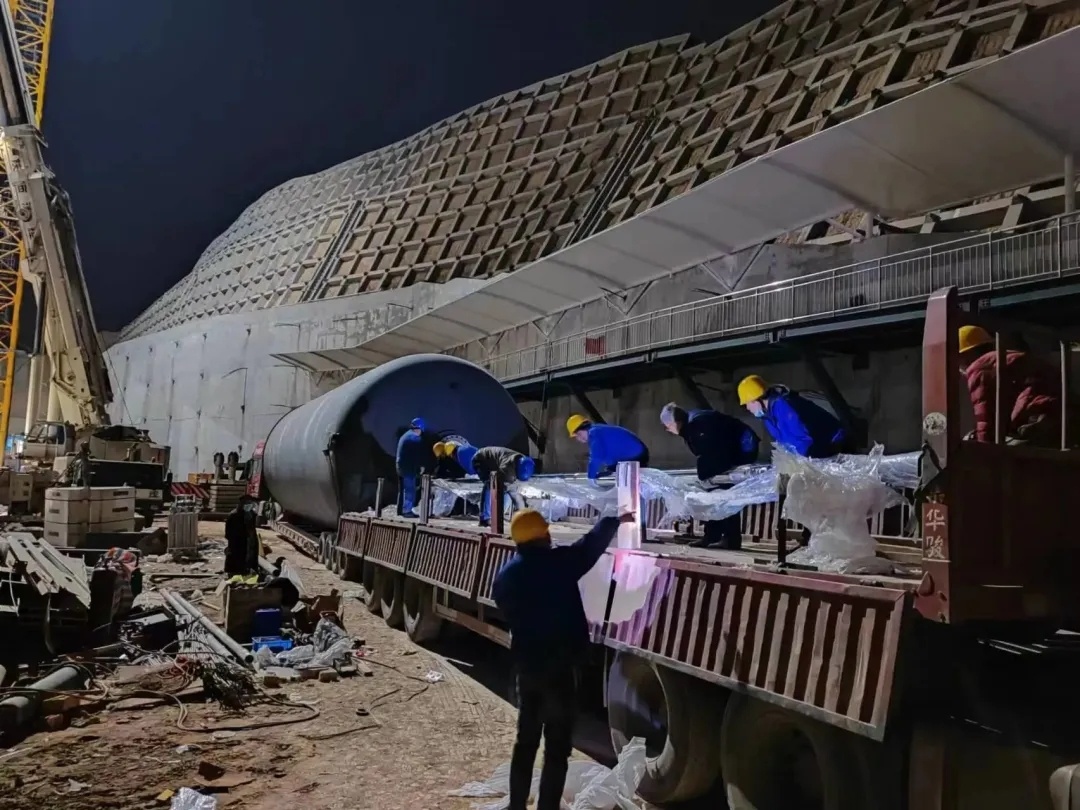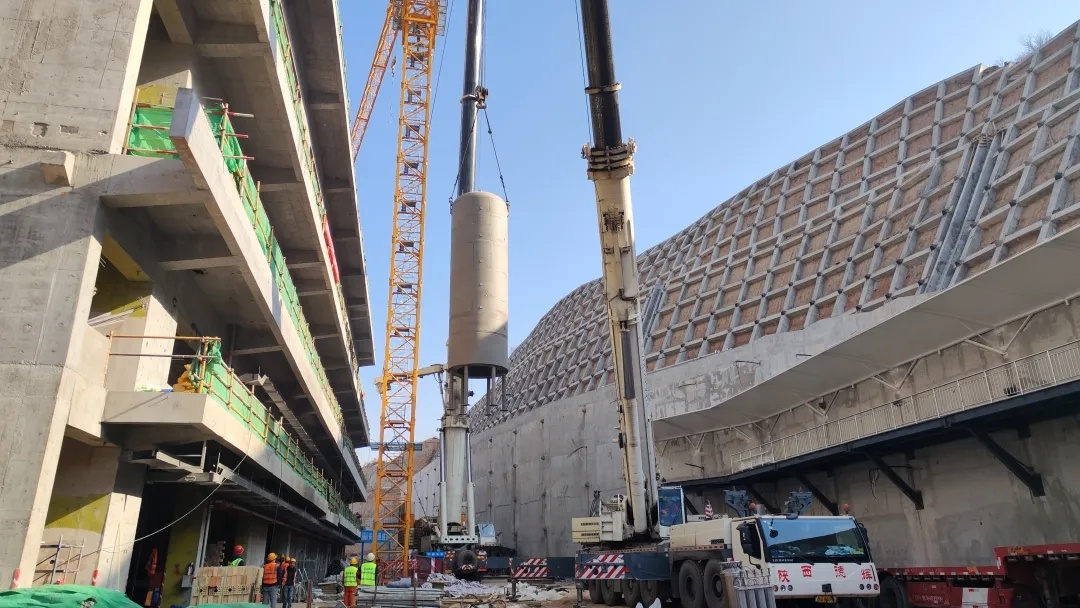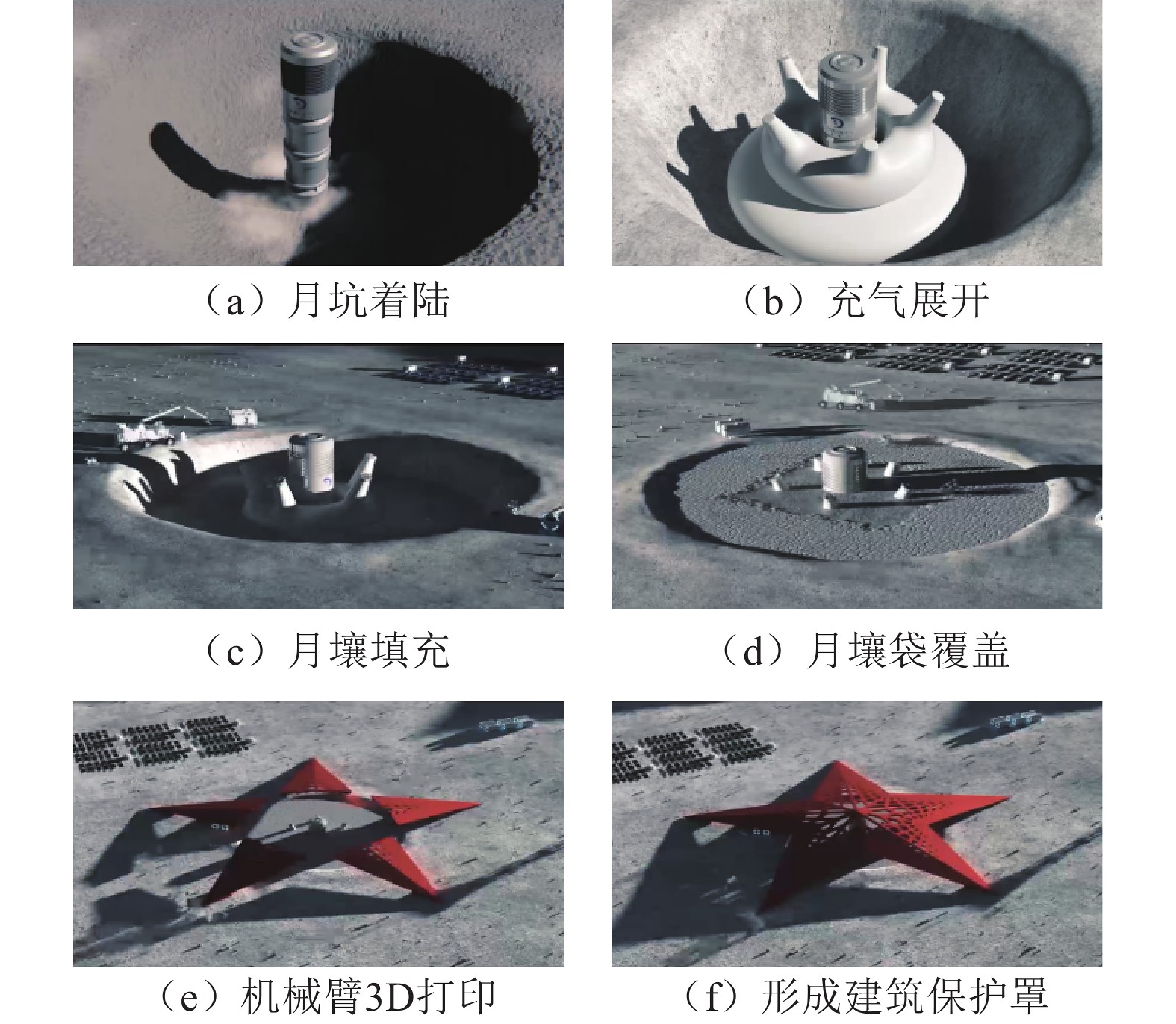by78
General
Construction on a new high-thrust engine test bench in Tongchuan (铜川) is making good progress. Concrete pouring for the phase I of the project is complete. The new test bench will be used to test the 500-ton YF-130 engine for the Long March 9, China's upcoming super heavy carrier rocket.


Phase I construction of the new engine test complex is almost complete, during which two test stands will be built. Right now, equipment installation and testing are underway. By the first half of this year, the facility is expected to carry out an initial test of the 500-ton YF-130 engine for the Long March 9 rocket.
Images below depict the installation of two 100-cubic-meter cryogenic oxygen tanks. Each tank weighs 70 tons and is 17m tall and 4.2m in diameter.


An on the construction progress. The test bench for the 500-ton YF-130 engine has finished debugging and review. I guess an official commissioning ceremony is not far off.
近日,位于中国航天科技集团有限公司六院165所铜川试验区的亚洲最大推力液体火箭发动机试车台完成全系统调试,考台试车方案通过评审。目前,六院165所铜川试验中心正锚定“考台试车一次成功”目标,紧张有序地进行试验准备。该试车台将有力推动液体动力“八年九机”研制任务。
Recently, Asia's largest liquid rocket engine test bench has completed whole-system debugging, and the test plan of the test bench has passed review...












